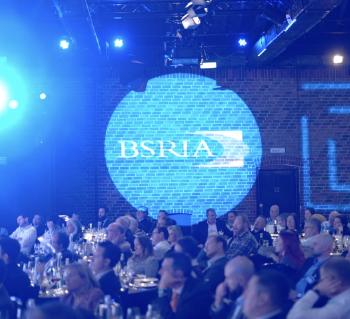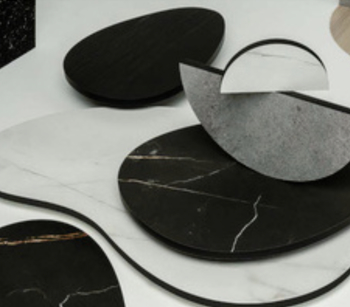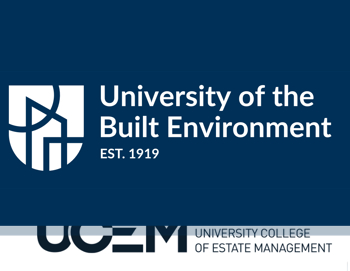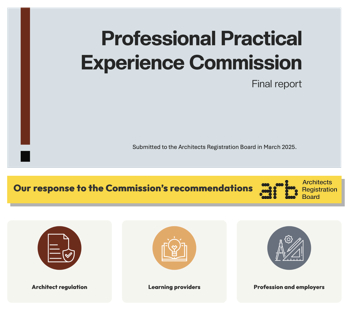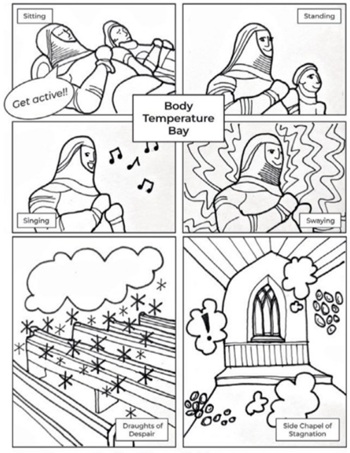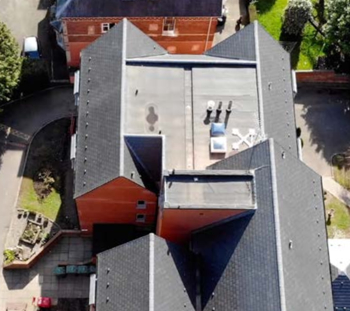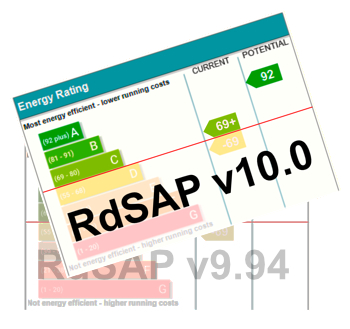Single-layer particle board
Single-layer particle board is essentially standard particle board, where the size of the particles and the density at which they are pressed and glued is the same throughout the thickness of the board. Essentially the definition of single layer particle board came about with the introduction of and to make a distinction from three-layer particle board where particles are more tightly packed and denser on the outer edges. Other related terms for similar products are chipboard and fibre board, though the detail in processing can vary.
Particleboard was originally formulated in late 19th century Germany, the produced commercially around the Second World War. The earlier board products were often made using blood albumin glue, whilst later commercial products used phenolic resins, amino formaldehyde-, urea formaldehyde-, or urea melamine-based, today there are also particle board products that use glues with lesser environmental impacts.
All particle boards comprise of a small chips and flakes of softwood of varying sizes and density that are impregnated with adhesive (usually amino formaldehyde-, urea formaldehyde-, or urea melamine-based) and subjected to high temperature (up to 220°C) and pressure (2-4MP). When cooled, the boards are cut and sanded, sold either as plain board or faced with laminate.
The density of single-layer particle boards tends to vary between around 600 kg/m3 to 800 kg/m3, the significant characterisation is that this density is the same throughout the board, unlike three-layer particle board.
Single-layer particle boards can show greater uniformity, that the natural grains of other solid timber products with more regular movement issues. Due to the use of dried wood chips it can be a more stable material than solid timber under warm conditions, though can be affected by atmospheric changes and, when damp, is likely to swell and discolour. The product can be sealed though not usually used for external applications. Single-layer particle board being consistent throughout can also be used to describe boards containing other minerals such as cement-bonded particle board, where density and make-up is constant through the board.
Normal hand or machine tools can be used for working particleboard , it usually take screws but make crack in patches if screws are over stressed, denser grades can provide greater strength and resistance to screw failure, as can three layer particle boards where the outer edges are denser than the middle core.
[edit] Related articles on Designing Buildings
- Adhesives.
- Blockboard.
- Cedar.
- Chipboard.
- Confederation of Timber Industries.
- Cross-laminated timber.
- Engineered bamboo.
- Glulam.
- Hardboard.
- Laminated veneer lumber LVL.
- Lime wood.
- Low-density fibreboard LDF.
- Medium density fibreboard - MDF.
- Modified wood.
- Oriented strand board.
- Particle board.
- Plywood.
- Softwood.
- Timber.
- Timber construction for London.
- Timber preservation.
- Timber vs wood.
- Types of timber.
Featured articles and news
The UK’s largest air pollution campaign.
Future Homes Standard, now includes solar, but what else?
Will the new standard, due to in the Autumn, go far enough in terms of performance ?
BSRIA Briefing: Cleaner Air, Better tomorrow
A look back at issues relating to inside and outside air quality, discussed during the BSRIA briefing in 2023.
Restoring Abbotsford's hothouse
Bringing the writer Walter Scott's garden to life.
Reflections on the spending review with CIAT.
Retired firefighter cycles world to raise Grenfell funds
Leaving on 14 June 2025 Stephen will raise money for youth and schools through the Grenfell Foundation.
Key points for construction at a glance with industry reactions.
Functionality, visibility and sustainability
The simpler approach to specification.
Architects, architecture, buildings, and inspiration in film
The close ties between makers and the movies, with our long list of suggested viewing.
SELECT three-point plan for action issued to MSPs
Call for Scottish regulation, green skills and recognition of electrotechnical industry as part of a manifesto for Scottish Parliamentary elections.
UCEM becomes the University of the Built Environment
Major milestone in its 106-year history, follows recent merger with London School of Architecture (LSE).
Professional practical experience for Architects in training
The long process to transform the nature of education and professional practical experience in the Architecture profession following recent reports.
A people-first approach to retrofit
Moving away from the destructive paradigm of fabric-first.
International Electrician Day, 10 June 2025
Celebrating the role of electrical engineers from André-Marie Amperè, today and for the future.
New guide for clients launched at Houses of Parliament
'There has never been a more important time for clients to step up and ...ask the right questions'
The impact of recycled slate tiles
Innovation across the decades.
EPC changes for existing buildings
Changes and their context as the new RdSAP methodology comes into use from 15 June.









